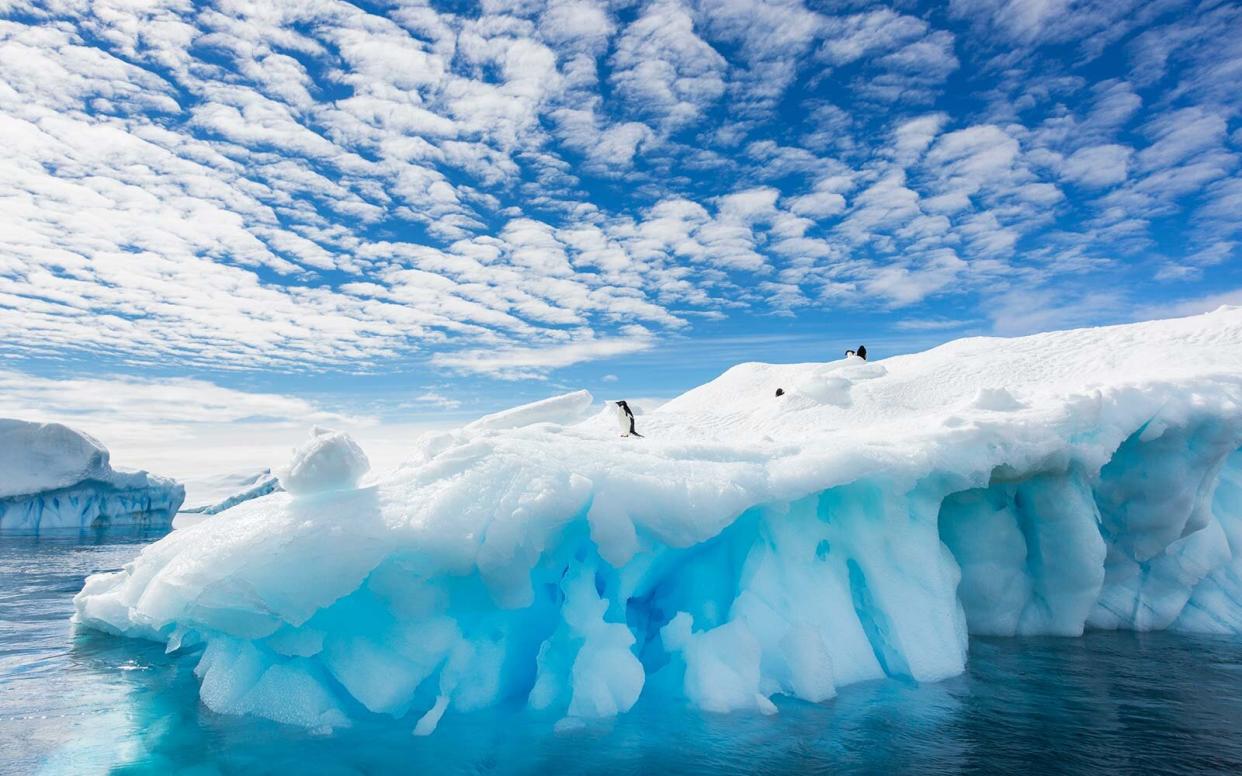Scientists Discover 91 Volcanoes in Antarctica

Getty Images
Scientists have discovered what could be the world’s biggest volcanic region in western Antarctica.
A recent study conducted by researchers at Edinburgh University found a total of 138 volcanoes in the West Antarctic Ice Sheet overlying the West Antarctic Rift System, 91 of which had never before been identified.
While the area has one of the world's most extensive regions of stretched continental crust, according to the researchers, ice coverings have made it difficult to fully map the extent of volcanic activity in the area.
Researchers used a mix of aeromagnetic and aerogravity tools, satellite imagery, and a database of already confirmed volcanoes to pinpoint cone-like structures on the ice sheet.
Related: Why a Scientific Cruise to Antarctica Should Be on Your Bucket List
“We had not expected to find anything like that number,” Robert Bingham, one of the paper’s authors and a glacier expert, said in an interview with The Guardian. “We also suspect there are even more on the bed of the sea that lies under the Ross ice shelf, so that I think it is very likely this region will turn out to be the densest region of volcanoes in the world.”
While researchers cannot currently determine if the volcanoes are active, the new findings can help scientists take a closer look at how the area is influencing ice sheet growth. Even inactive volcanoes can increase heat flux to the subglacial interface, once again leading to increased melting and a faster rate at which the melting ice flows into the sea.
Related: Antarctica's Cracking Ice Sheet Is Part of a Process That Could Reshape the World
Researchers have also found that volcanism in areas starts to increase with the decrease of glaciers, which could be the case for Antarctica.
“The most volcanism that is going in the world at present is in regions that have only recently lost their glacial covering — after the end of the last ice age,” Bingham told The Guardian, citing locations like Iceland and Alaska as examples. “Theory suggest that this is occurring because, without ice sheets on top of them, there is a release of pressure on the regions’ volcanoes and they become more active.”
Some of these volcanic structures could also help to slow down the movement of retreating ice sheets by literally acting as a blockade to the moving water.
